Home / Creative Arts & Media / Writing / The Art of Washi Paper in Japanese Rare Books / Washi used in all areas of daily life
This article is from the free online
The Art of Washi Paper in Japanese Rare Books


Reach your personal and professional goals
Unlock access to hundreds of expert online courses and degrees from top universities and educators to gain accredited qualifications and professional CV-building certificates.
Join over 18 million learners to launch, switch or build upon your career, all at your own pace, across a wide range of topic areas.

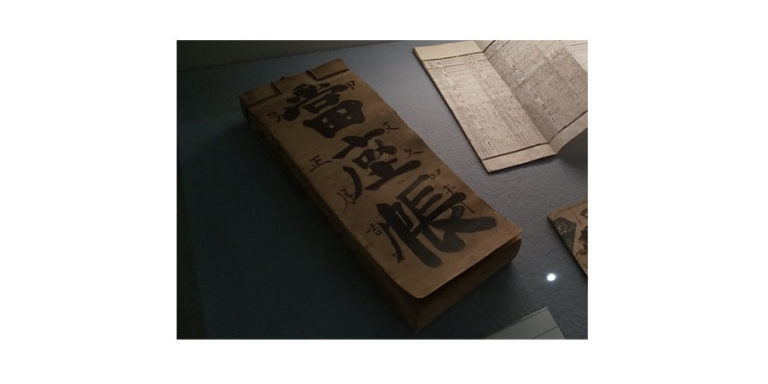 fig. 1. Ledger
fig. 1. Ledger fig. 2. Konshikindei sutra(
fig. 2. Konshikindei sutra(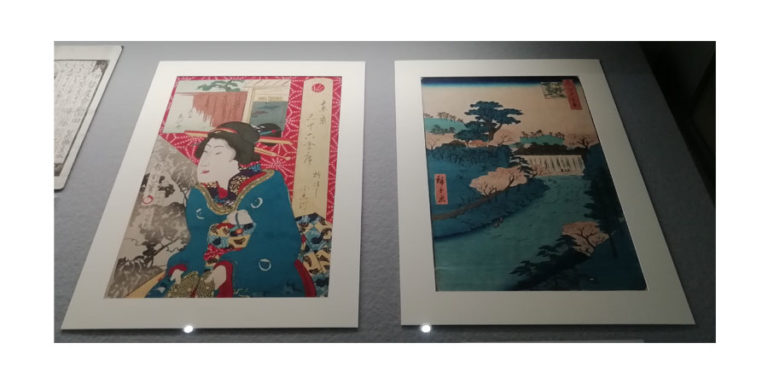 fig. 3. Multicolor prints
fig. 3. Multicolor prints fig. 4. Kamiginu/Kamiko (paper garments)
fig. 4. Kamiginu/Kamiko (paper garments)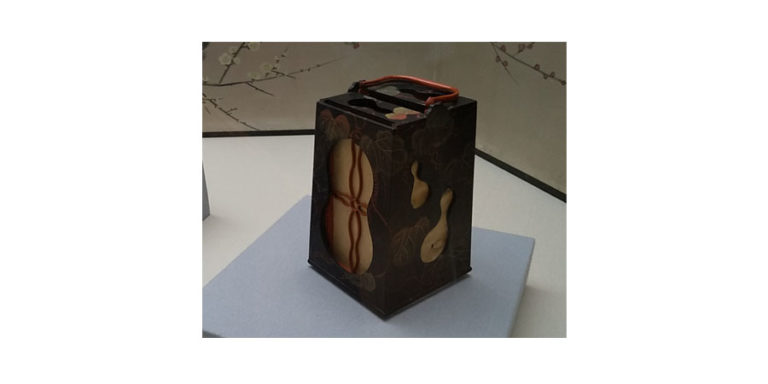 fig. 5. Andon (paper-framed lamps)
fig. 5. Andon (paper-framed lamps) fig. 6. (From left) Noshi (ceremonial origami), origata (paper gift-wrapping), mizuhiki (decorative paper cord)
fig. 6. (From left) Noshi (ceremonial origami), origata (paper gift-wrapping), mizuhiki (decorative paper cord)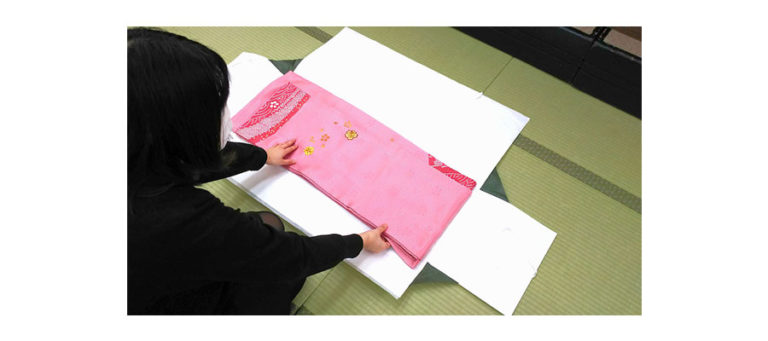 fig. 7. Tatōshi
fig. 7. Tatōshi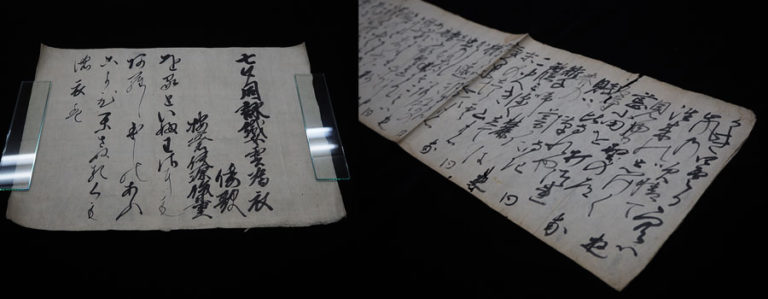 fig. 8. Waka kaishi, renga kaishi
fig. 8. Waka kaishi, renga kaishi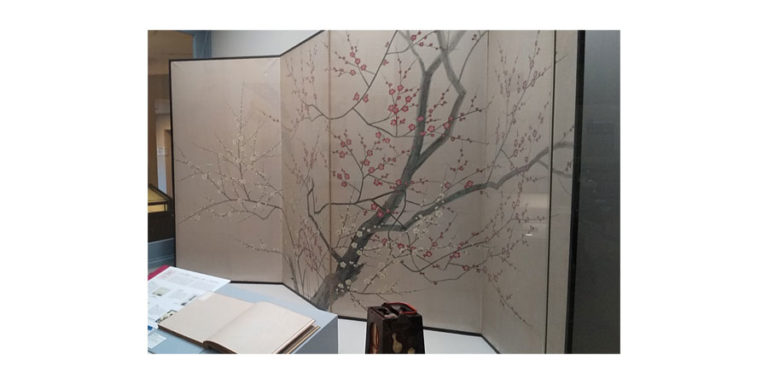 fig. 9. Byōbu
fig. 9. Byōbu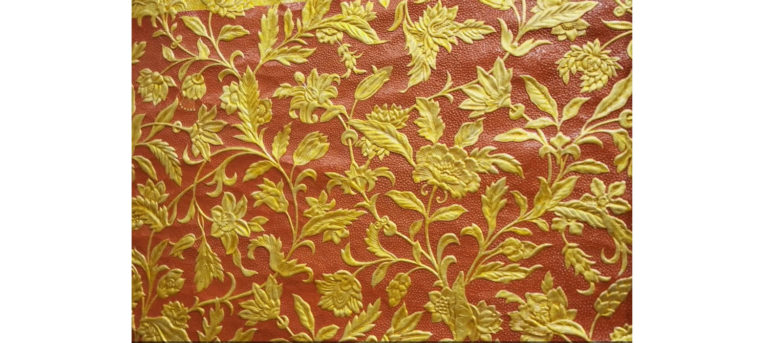 fig. 10. Kinkarakawa-shi (Japanese leather paper)
fig. 10. Kinkarakawa-shi (Japanese leather paper)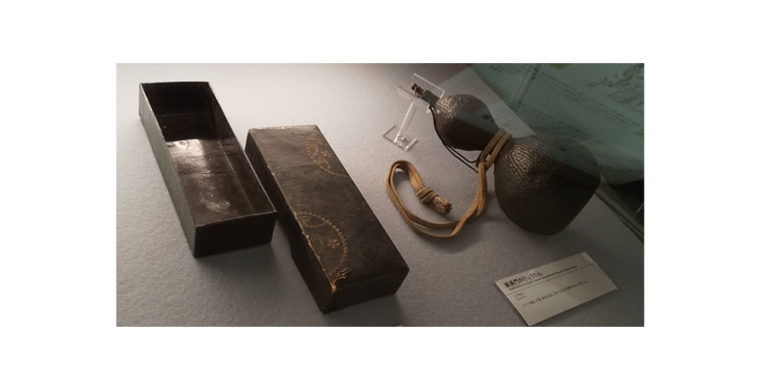 fig. 11. Diverse paper crafts
fig. 11. Diverse paper crafts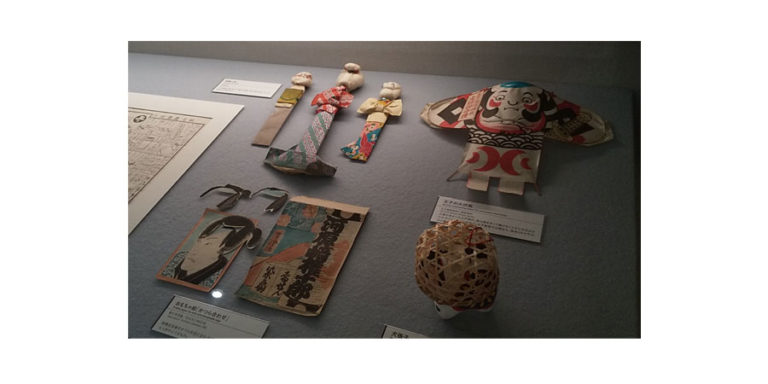 fig. 12. Children’s toys
fig. 12. Children’s toys

